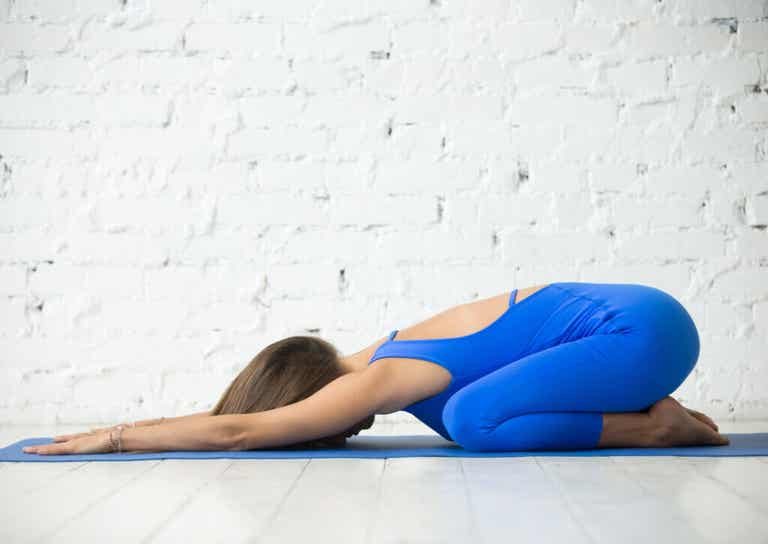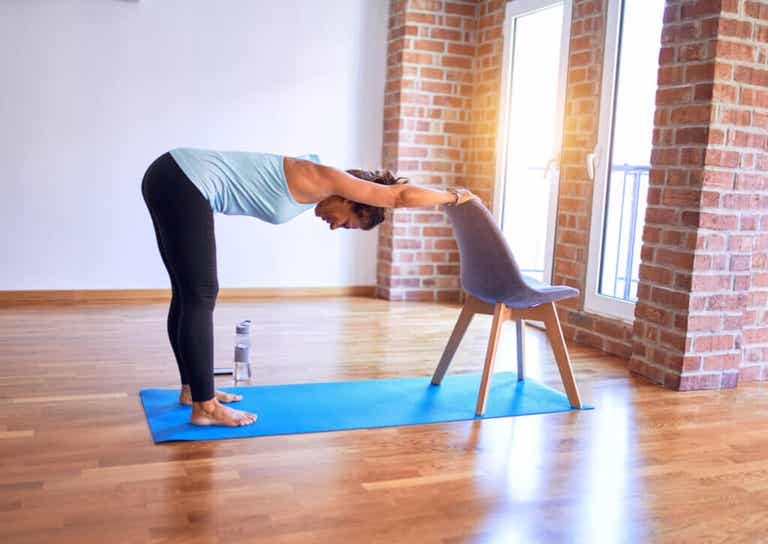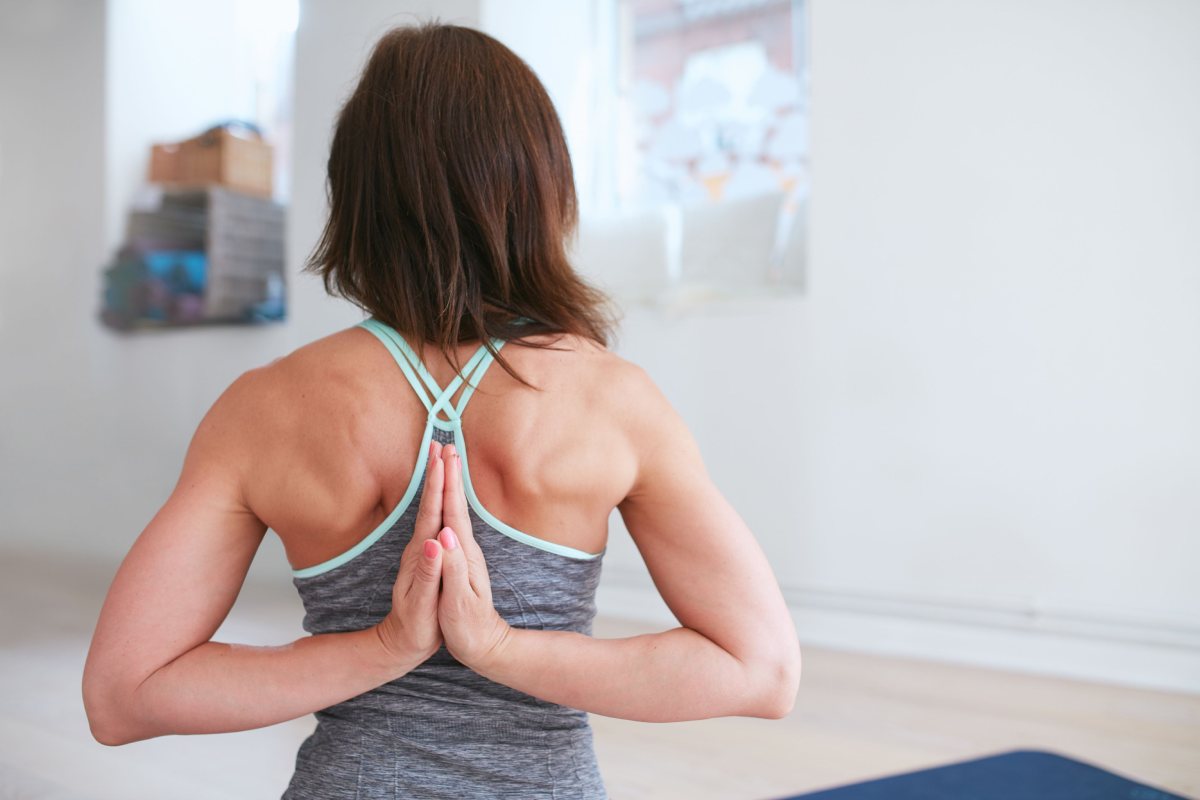The muscles of the back are many and can be stretched in different ways. With these exercises, you can lengthen the latissimus dorsi.
Both at the end of a training routine and regularly in everyday life, stretching the latissimus dorsi muscle can be very beneficial. Some aspects that are often overlooked but are very important must be taken into account to carry out these exercises.
If you don’t do it often, you’re probably wondering how to stretch your latissimus dorsi. Before going into detail, we suggest you learn more about this muscle.
Table of Contents
What is the latissimus dorsi?
In general terms, the latissimus dorsi is a muscle located in the posterior area of the torso, that is, in the back. This is usually characterized by being one of the largest in the body.
The origin of the latissimus dorsi is in the postero-inferior part of the torso and its insertion in the area of the intertubercular groove of the humerus, near the shoulder. The muscle fibers of the latissimus dorsi are directed in the direction of the humerus, just towards the region in which they are inserted.
How to stretch the latissimus dorsi
Just as all muscle groups must be stretched to maintain their flexibility and range of motion, the latissimus dorsi is no exception. You probably even do it, but are you doing it the right way?
To avoid flawed executions and obtain better results, we will show you some aspects that you must take into account and some examples of stretching. Try to include them in your training routine and practice them regularly.
Mohammedan stretch
Thanks to the prophet Mohammed, the Mohammedan stretch is defined in this way. This is one of the most common among the positions to stretch the body’s various muscles. To do it, you must lie face down on a flat and comfortable surface.

Fully support the knees and legs and the palms of the hands; in other words, it remains in a quadrupedal position. Once there, she brings her buttocks back until they rest on her legs.
The hands should remain supported while the forearms come closer to the ground. Try to hold this position for at least 15 to 20 seconds.
Anteversion stretch
To perform this type of stretch, you must assume the pelvic anteversion position. In this, the pelvis goes forward while the buttocks go back. In addition, the inward curvature of the lower back is much more pronounced during the execution of this position.

To stretch the latissimus dorsi muscle correctly, we advise you to rest your hands on a higher surface about the position of the torso. This will have to be leaning forward, parallel to the ground. Put pressure on this position and hold it for about 30 seconds.
Clasped Hands Stretch
While the hands-clasped stretch doesn’t have the same power as other exercises to stretch the latissimus dorsi, it often works, too. Other than that, it’s easy to do. You can implement it sitting or standing, and the choice is yours.

The first thing you should do is extend both arms above your head. Next, interlock your hands with your palms facing up and exert force in that direction, like light pressure, and hold for 15-30 seconds.
Hanging grip stretch
Technically, the hang-grip stretch is very similar to the one described above. However, this represents more incredible difficulty and exerts more tension on the muscles due to gravity and body weight.

The idea is that you grab onto a bar with a palm-down grip. From there, try to make your back as extended as possible and hold the position for approximately 20 seconds.
Importance of stretching the latissimus dorsi muscle
The latissimus dorsi is not just a large muscle located in the back. It is also one of the most relevant in terms of somebody’s movements since it allows abduction, rotation, and part of the flexion of the arm.
On the other hand, it also participates in pulmonary inspiration when taking a breath. In an academic publication from 2006, the importance of stretching the muscles at a general level is explained, offering you more arguments to do it correctly and consecutively.
For all of the above, it is essential to keep the latissimus dorsi in the best possible condition and the rest of the muscles. This is achieved with regular physical work and correct stretching.


